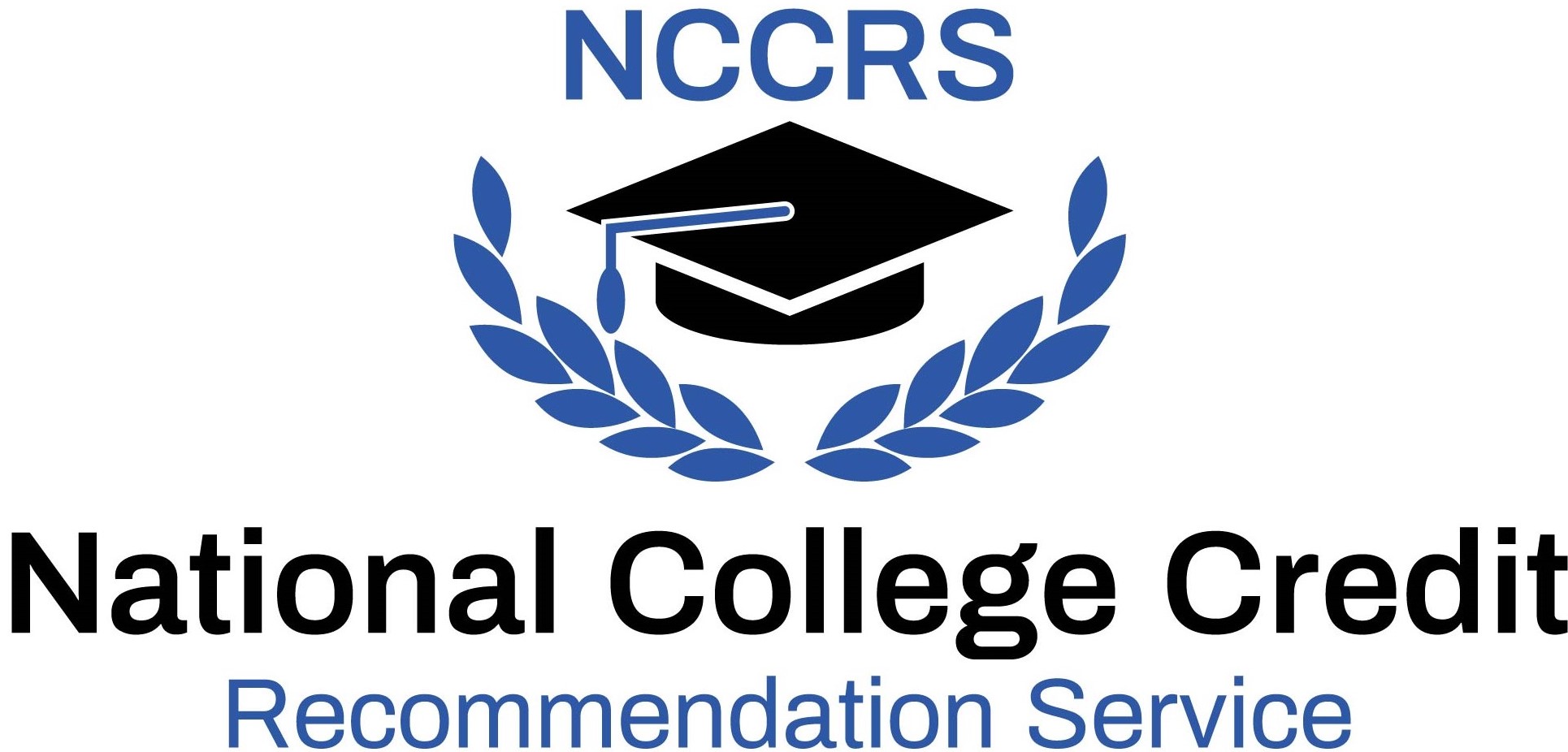Length: Version 1: 37.5 hours (1 week). Version 2: 45 hours (1 week).
Dates:
Objectives:
Instruction:
Credit recommendation:
Length: Version 1:107.5 hours (3 weeks). Version 2: 84 hours (3 weeks).
Dates:
Objectives:
Instruction:
Credit recommendation:
Length: Version 1:145 hours (4 weeks). Version 2:108 hours (4 weeks).
Dates:
Objectives:
Instruction:
Credit recommendation:
Length: 189 hours (6 weeks).
Dates:
Objectives:
Instruction:
Credit recommendation:
Length:
Dates:
Objectives:
Instruction:
Credit recommendation:
Length:
Dates:
Objectives:
Instruction:
Credit recommendation:







